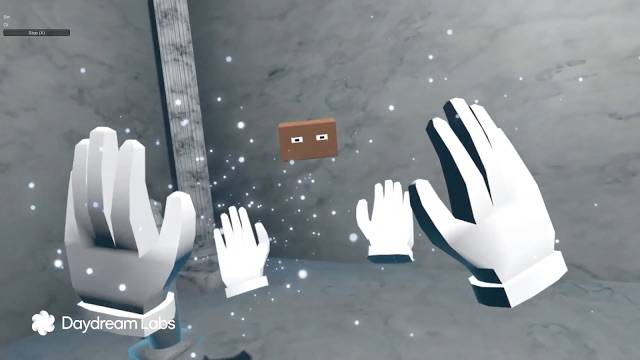
2016 is the year that brands and OEMs were claiming as the year that Virtual Reality will finally go “mainstream”. We’ve seen a lot of products hit the shelves, both digital and physical, and consumers are willing to try and see what the fuss is about, but we’ve probably barely scratched the surface when it comes to VR. Google’s Daydream Labs for instance has been testing out social interactions in VR, trying to figure out what is acceptable and uncomfortable when it comes to how we interact with other people in the virtual world.
Developers and designers of VR apps and games will of course need to understand how actual people react in VR situations in order to create better experiences in their creations. Because VR is still something fairly new, there are still no specific social norms that everyone is following. In fact, people will want to test the limits of the VR experience, with some trying to see what they “can get away with”. And so it is important that we try to understand what makes people uncomfortable and unsafe in the VR world.
Some of the experiments that Daydream Labs have been doing involves shopping in a virtual store in HTC Vive where there was no limit on how you could place a virtual accessory. Not surprisingly, sticking something in front of someone’s eyes may not be the greatest thing as it can actually make someone take off their headset and leave the VR game if something is blocking their view. Protecting someone’s safety, even in the VR world, is also important, as seen in their Poker experiment.
Just like in real life, rewarding positive behavior is enough incentive for some people to do something. Interacting positively, like high-fiving or shaking hands or giving platonic hugs can be rewarded with virtual items, while doing something negative like hitting or punching somebody can result in nothing or even a punishment. It should be interesting to read about and even watch further experiments that Daydream Labs will do.
SOURCE: Google










博客不错,嘎嘎!